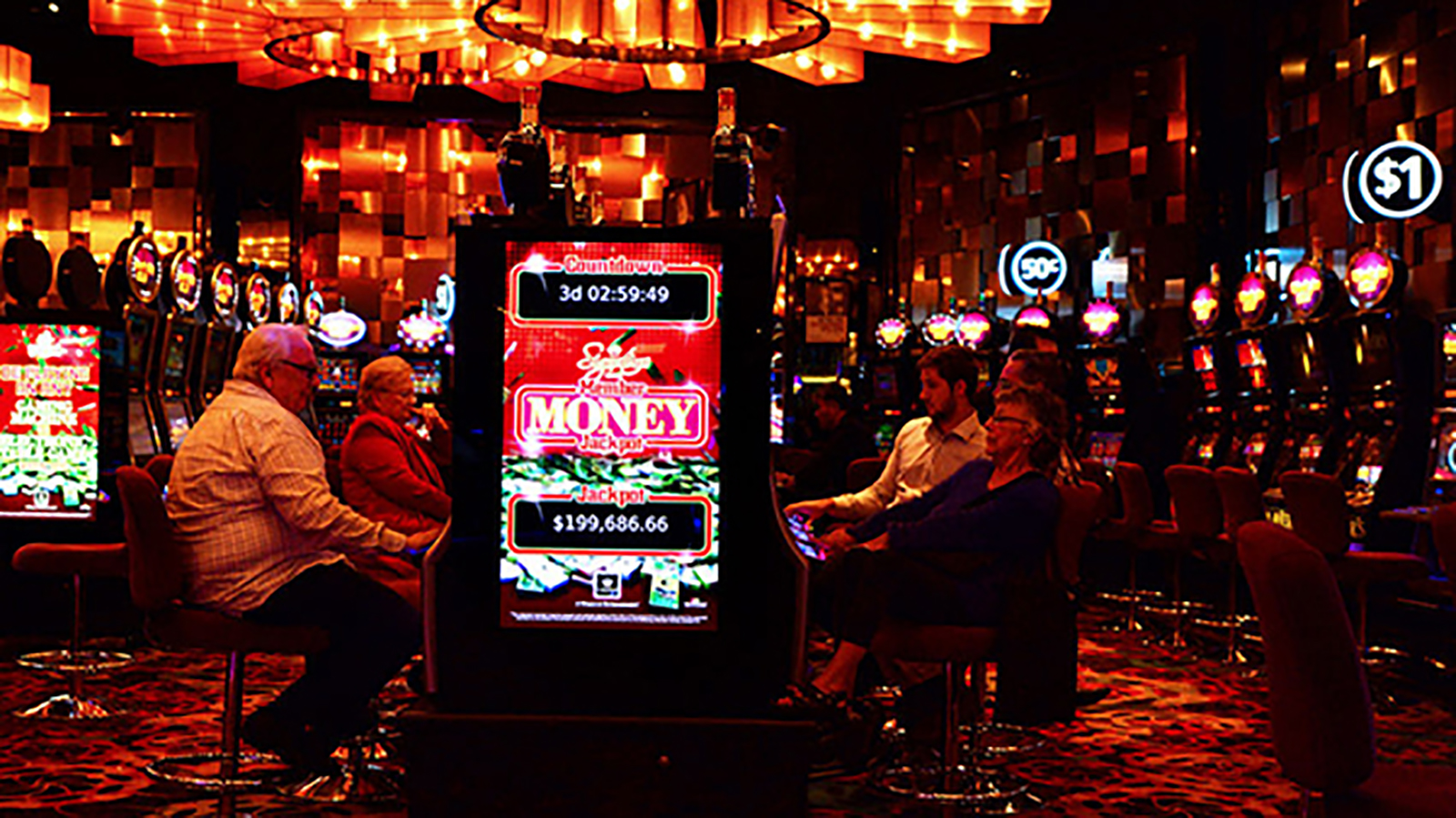
On players perceiving “tight” machines
I am not a market researcher, although I think I have a basic understanding of how to ask good questions of the right people and use the information to gain some reasonably valuable insights. But as far as understanding “research jargon” (you know, such terms as “causal relationship,” “confidence level,” “sampling error,”) or even keeping straight the difference between “mean” and “median,” well that’s just not me. I leave that to the Mike Meczka’s and Deb Hilgeman’s of the gaming research world.
Over the past few years, there have been a couple of academic research projects pretending to shed light on a particularly thorny issue – whether slot players can tell the difference between two otherwise identical slot machines, but where one machine was significantly “looser” than the other. The studies were conducted in two different ways, one was a “simulation” (not real gambling) and the other was a live “casino floor trial,” where two sets of two slot machines were set up side by side for six months to see if players would notice the looser game and begin to gravitate towards it and spend more money on it, since, I guess, it was “better” for them and they could “perceive” it.
I’ll leave it to the professional casino researchers to comment on the validity of these studies, the quality of their “findings,” and the overall research methodology that was used in the study (although I do believe that they were both flawed studies). But I do take great exception to the “implied results” of these “player perception studies,” namely that SLOT PLAYERS COULD NOT TELL THE DIFFERENCE BETWEEEN TWO SLOT MACHINE EXPERIENCES WHERE ONE MACHINE WAS 25% MORE GENEROUS THAN THE OTHER. And the implied corollary was YOU CAN TIGHTEN YOUR SLOTS, MAKE MORE MONEY, AND YOUR PLAYERS WON’T KNOW IT!!! As someone who has been preaching the concept of “restoring value to the casino playing experience,” I find this to be the most dangerous and false “advice” I have ever seen enter the gaming media and the casino industry public discourse. Again, I am not a researcher, so I am not going to try and pick apart the research methodology, even if I find a study involving TWO machines laughable. I won’t poke holes in the studies’ obvious assumptions that players are rational and would compare two SLOT EXPERIENCES like they were comparing a name brand and a generic brand on a grocery store shelf (think Kirkland vs. Nabisco), with their obvious and posted difference in prices.
No, as a consultant, discussion leader, industry observer, and (maybe most importantly) a CASINO PLAYER MYSELF, I thought I’d suggest a couple of different ways to do a real and valid study on whether casino slot players can tell the difference between a tight machine and a loose machine. In Dennis’ Research Method 1, I’d have a willing casino subject property (I realize no casino is likely to do this) divide its slot floor into equal halves, with identical slot products in each, except that in one half the slots are 25% looser than the other half. Then I would chart the results for the year (just the total win of the two halves not TWIN, Actual Win, Handle or anything else) to see WHICH HALF OF THE SLOT FLOOR MADE THE MOST MONEY.
Ok, tough experiment to pull off. Well in Dennis Research Method 2, I’d simply look at the posted yearly slot results in gaming states that post such numbers, along with each individual casino’s overall slot hold percentage for the year. Then I would divide the state set of casinos into competitive market sets and look at the correlation between slot hold percentages and win per unit numbers of these competitors.
So there you have my two simple experiments to see if you should tighten your slots to make more money and (somehow) not tick off your slot players. In “Dennis 1,” I’m betting that after a year, the loose slot floor half would have much more slot win than the tight half. And in “Dennis 2,” I’m betting the loose casino in the market would greatly outperform the tighter competitors in slot win metrics.
But here’s the real surprise. I actually AGREE with the (otherwise misguided) slot researches who say a player can’t really tell a tight slot from a loose slot after an extended period of time. The vagaries of win cycles, individualized player results and a WHOLE BUNCH OF OTHER FACTORS, would disguise the actual rate we nibble away at each individual slot player’s “time on device.” But take your top 20,000 slot players who almost always play at multiple properties in a competitive gaming market, and ask them who has the loosest slot machines in your market. If it’s not you (and I believe most of them will tell you it’s not), and you don’t believe that affects how they share their slot wallet with other (looser) casinos, you’re crazy.
Please don’t tighten your slot machines, at least any more than you already have.
Short term gain. Long term pain.
Believe it.
This article was originally published in the July 2017 Issue of Casino Journal.







